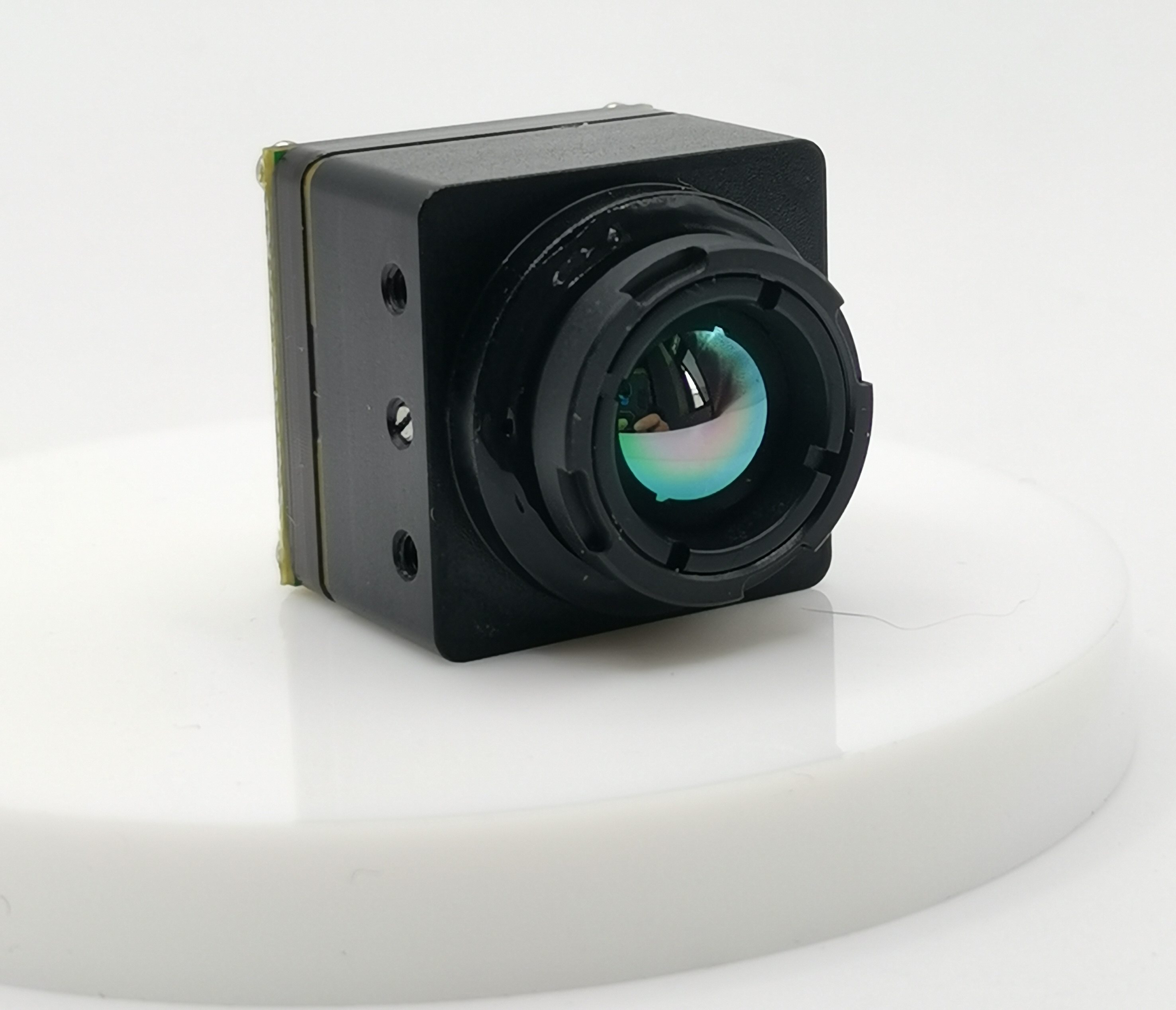Analog FPV Thermal Camera vs. Other Drones' Thermal Cameras: A Feature Comparison

Exploring the Basics of Drone Thermal Imaging
Drone thermal imaging involves capturing and analyzing the heat signatures emitted by objects to create visual representations. Thermal cameras for drones are equipped with sensors that detect infrared radiation, allowing them to generate thermal images based on temperature variations.
Understanding Thermal Imaging Technology
Thermal imaging technology operates on the principle of detecting heat signatures emitted by objects in the form of infrared radiation. These cameras can capture this radiation and convert it into visible images, displaying varying temperatures in different colors. This technology enables drones to identify heat sources, even in low-light or challenging environmental conditions.
The Role of Thermal Cameras in Drone Applications
Thermal cameras for drones play a crucial role in various applications such as search and rescue missions, infrastructure inspections, wildlife monitoring, and agricultural assessments. They provide valuable insights by detecting temperature differences and identifying potential issues that may not be visible to the naked eye or traditional cameras.
Analog FPV Thermal Cameras: Key Features and Benefits
Introduction to Analog FPV Thermal Camera Technology
When it comes to thermal imaging for drones, the analog FPV thermal camera stands out as a reliable and efficient technology. What sets analog FPV apart from other thermal cameras is its specialized design for first-person-view (FPV) drone applications. This tailored approach ensures seamless integration with drones, providing real-time thermal imaging capabilities that are essential for various missions.
What Sets Analog FPV Apart?
Analog FPV thermal cameras are specifically engineered to meet the unique demands of drone operations. Their compact and lightweight design allows for easy installation on drones without compromising flight performance. The integration of analog video transmission ensures a smooth and uninterrupted feed of thermal imagery, enabling operators to make timely decisions based on real-time data.
iSun FPV Thermal Camera: A Closer Look
One exemplary model in the realm of analog FPV thermal cameras is the iSun FPV thermal camera. Renowned for its advanced features, this camera offers high-quality thermal imaging suitable for diverse applications. With its user-friendly interface and seamless compatibility with various drone models, the iSun FPV thermal camera has become a preferred choice among drone operators seeking reliable thermal imaging solutions.
Advantages of Using Analog FPV Thermal Cameras
Utilizing analog FPV thermal cameras presents several distinct advantages that cater to the specific needs of drone operators.
Cost-Effectiveness and Accessibility
One of the primary advantages of analog FPV technology is its cost-effectiveness and accessibility. Compared to other types of thermal cameras, analog FPV options are often more budget-friendly while still delivering reliable performance. This affordability makes them accessible to a wider range of drone operators, including hobbyists and professionals alike.
Real-Time Imaging Capabilities
The real-time imaging capabilities offered by analog FPV thermal cameras are invaluable during dynamic missions. These cameras provide instantaneous feedback on temperature differentials and heat signatures, allowing operators to swiftly respond to changing conditions in their operational environment.
Comparing Thermal Cameras for Drones: Beyond Analog FPV
As technology continues to advance, digital thermal cameras have emerged as a new era of imaging for drone applications, offering distinct advantages and capabilities.
Digital Thermal Cameras: A New Era of Imaging
Digital thermal cameras boast enhanced image quality and resolution, providing sharper and more detailed thermal imagery compared to their analog counterparts. The digital transmission method ensures that the captured thermal data is faithfully represented with high fidelity, allowing for precise analysis and interpretation of temperature differentials.
In terms of costs, the transition from analog to digital thermal cameras may involve a higher initial investment. However, the long-term benefits of improved image quality and resolution make digital options an attractive choice for drone operators seeking unparalleled thermal imaging capabilities.
Application Suitability: Analog FPV vs. Digital Thermal Cameras
When considering the suitability of analog FPV versus digital thermal cameras for specific drone applications, certain factors come into play.
Search and Rescue Operations
For search and rescue missions, where time is of the essence and precision is crucial, both types of thermal cameras offer valuable assistance. Analog FPV thermal cameras provide real-time imaging that can aid in swiftly identifying heat signatures in dynamic environments. On the other hand, digital thermal cameras excel in delivering high-resolution images that enhance the visibility of details within search areas, potentially improving detection accuracy.
Aerial Surveillance and Environmental Monitoring
In scenarios involving aerial surveillance and environmental monitoring, both analog FPV and digital thermal cameras contribute unique strengths. Analog FPV technology's real-time imaging capabilities remain advantageous for immediate situational awareness during surveillance operations. Meanwhile, digital thermal cameras' superior image quality enables detailed observation and analysis of environmental elements such as temperature differentials across large areas.
Making the Right Choice for Your Drone Application
Factors to Consider When Selecting a Thermal Camera
When selecting a thermal camera for drone applications, several crucial factors should be taken into account to ensure the chosen technology aligns with the specific requirements of the intended use.
Application Requirements
Understanding the unique demands of the intended drone application is paramount in selecting the most suitable thermal camera. Different missions may necessitate varying capabilities, such as real-time imaging, high-resolution thermal data, or seamless integration with specific drone models. Evaluating these application-specific needs will guide operators in choosing a thermal camera that best complements their operational objectives.
Budget Constraints
Budget considerations play a significant role in the decision-making process when acquiring a thermal camera for drones. While digital options may offer enhanced image quality and resolution, they often come with a higher initial investment. On the other hand, analog FPV thermal cameras provide cost-effective alternatives without compromising essential functionalities. Assessing budget constraints alongside desired features will help operators make informed decisions that balance performance and affordability.
Expert Recommendations and User Experiences
Seeking expert recommendations and leveraging user experiences can provide valuable insights into the practical performance of different thermal cameras for drones. Industry professionals and experienced drone operators can offer firsthand accounts of their experiences with various thermal imaging technologies, shedding light on factors such as reliability, ease of use, and overall satisfaction with specific models. Additionally, user reviews and testimonials contribute to a comprehensive understanding of how different thermal cameras perform in real-world scenarios, aiding in informed decision-making.
Final Thoughts on Choosing Between Analog FPV and Other Thermal Cameras
Summarizing the Key Differences
In summary, the choice between analog FPV thermal cameras and other thermal imaging technologies hinges on a careful consideration of specific operational requirements and budget constraints. Analog FPV stands out for its real-time imaging capabilities and cost-effectiveness, making it an accessible option for various drone applications. On the other hand, digital thermal cameras offer enhanced image quality and resolution, catering to missions that demand detailed thermal data analysis.
When prioritizing swift decision-making based on real-time temperature differentials, analog FPV excels in providing immediate feedback for dynamic environments. Conversely, digital options shine in scenarios where high-resolution thermal imagery is paramount for precise detection and analysis.
Looking Towards the Future of Drone Thermal Imaging
As technology continues to evolve, the future of drone thermal imaging holds promising advancements in both analog FPV and digital realms. Innovations in analog transmission methods may lead to improved image quality and resolution, bridging the gap with digital counterparts while maintaining cost-effectiveness. Additionally, advancements in digital thermal cameras may drive enhancements in affordability without compromising performance, expanding their accessibility to a broader range of drone operators.
The convergence of these developments signifies a positive trajectory for drone thermal imaging, offering operators a diverse array of options tailored to their specific mission requirements.
See Also
Comparing Analog FPV Thermal Cameras for Drones in Detail
Benefits of Analog FPV Thermal Cameras for Drones
Revolutionizing Drone Technology and Surveillance with Analog FPV Thermal Cameras
Benefits of Analog FPV Thermal Cameras for DJI Drones
Selecting the Optimal Analog FPV Thermal Camera for Your DJI Drone
Contact Us: Ms. Coco Huang
E-mail: sales@iasun.cn
WhatsApp/Wechat: +86 13510421923

